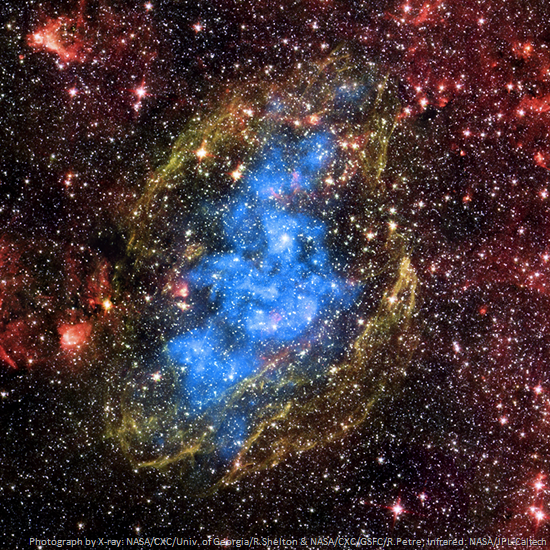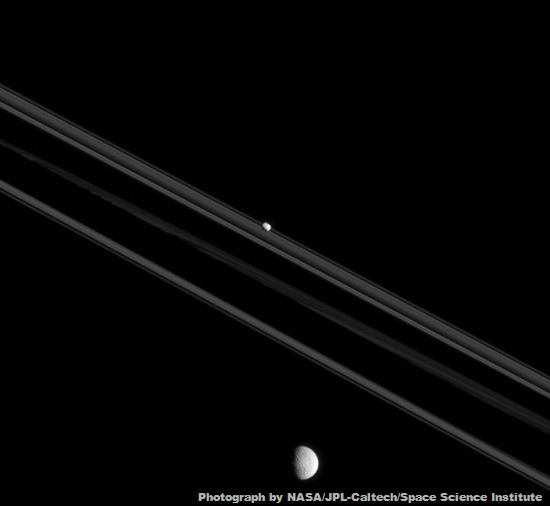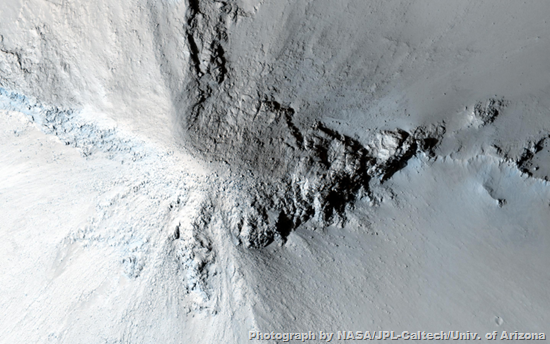
Week’s Best Space Pictures: Curiosity Snaps a Selfie
By Jane J. Lee, National Geographic News, 16 October 2015.
By Jane J. Lee, National Geographic News, 16 October 2015.
Feed your need for heavenly views of the universe with our pick of the most awe-inspiring space pictures. This week, we get a glimpse of fall colours from space, see the remains of a supernova ballooning into a cloud of space stuff, and get a good-morning greeting from an astronaut in space.
1. Remnants
Hot gas (blue) from a supernova expands to fill the shell (greenish-yellow) left over by the explosion. A molecular cloud (red) surrounds the supernova remnant while stars peek through as bright points of light.
2. Morning Light Show
Astronaut Scott Kelly snapped an image of the aurora from the International Space Station as the sun came up. Kelly, who is spending a year in space, tweeted the photograph to his followers.
3. Odd Couple
Two of Saturn's moons, Mimas (foreground) and Pandora, share a neighbourhood but not a background. The elongated Pandora likely formed by gathering ring particles onto a dense core, while Mimas' gravity shaped the moon into a sphere.
4. Martian Cone
A cone-shaped mound stands out in a region of Mars known for its flat-topped hills. The formation is similar to mounds of cooled lava on Earth that have had their surrounding sediment eroded away.
5. Wish You Were Here
The Mars rover Curiosity snapped a selfie - actually made of dozens of images stitched together - at the "Big Sky" site on Mount Sharp. The camera that took the photos isn't visible, although its shadow is.
6. Sun's Hole
The darker region near the top of the sun is called a coronal hole. It's an opening in the sun's magnetic field that allows solar material out into space. This hole produced a geomagnetic storm near Earth that sparked several nights of auroras.
7. Fall From Space
A NASA satellite captured the fall foliage around the Great Lakes in North America earlier this week. The leaves have started turning from green to red, brown, and orange.







No comments:
Post a Comment
Please adhere to proper blog etiquette when posting your comments. This blog owner will exercise his absolution discretion in allowing or rejecting any comments that are deemed seditious, defamatory, libelous, racist, vulgar, insulting, and other remarks that exhibit similar characteristics. If you insist on using anonymous comments, please write your name or other IDs at the end of your message.